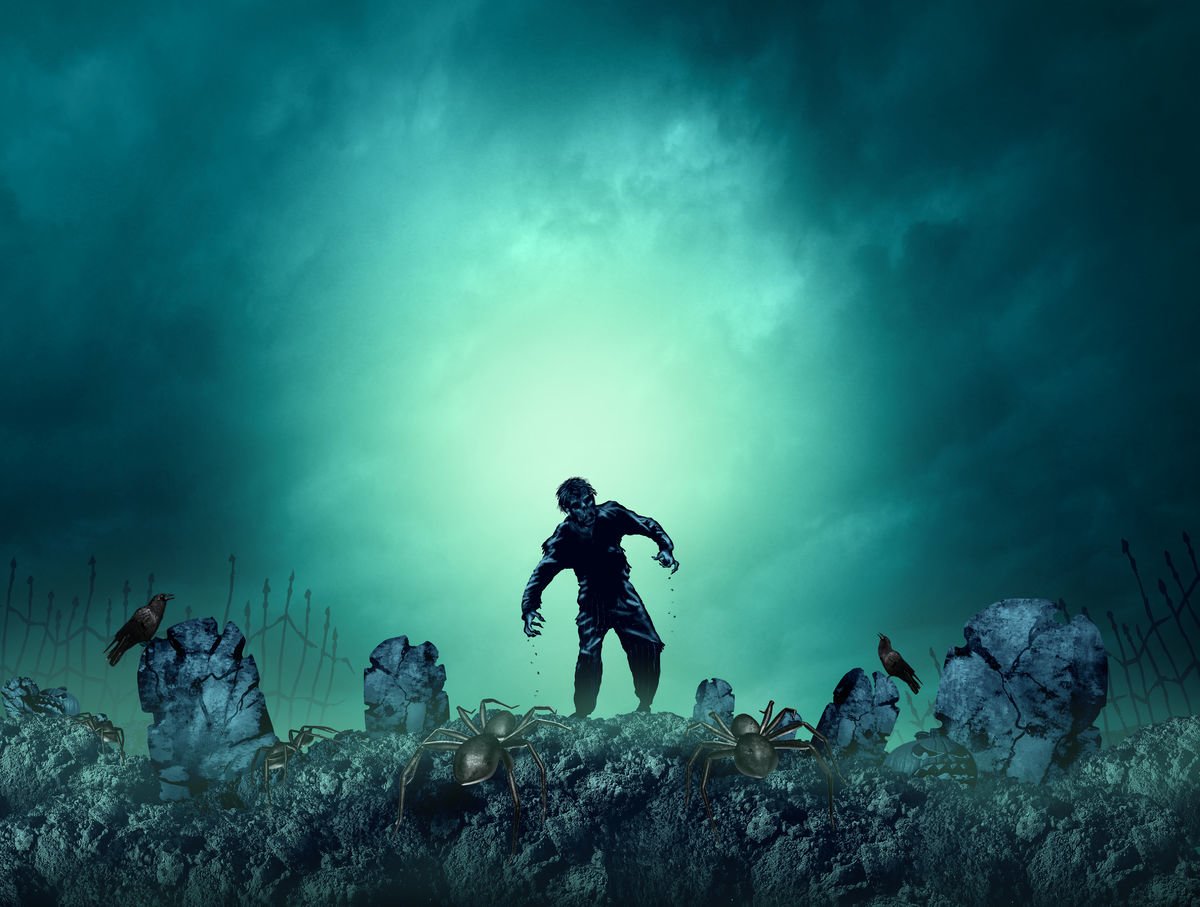While zombie apocalypses are definitely an overused trope in movies, it’s definitely not entirely fiction because mankind’s history is filled with events that can be comparable to a zombie apocalypse.
Zombies notwithstanding, people need to realize that at any time, things may go awry, and they need to be prepared for the worst.
There’s absolutely nothing wrong with being prepared, right? In the tradition of shows like Doomsday Preppers, here’s our rundown of tips and recommendations to improve your chances of survival during a zombie apocalypse.
Water
Assuming that you have to leave home and drink water from a river, pond, stream, or any other body of water, you definitely need to have a method of purifying water.
The basic methods of purifying water so it becomes potable are: filtration, distillation, and boiling. However, assuming also that you don’t have access to the equipment needed for these, you need to have to a handier and more convenient method of instant filtration.
For the short term, you can use mini purifying systems so you can drink directly from the source of water. A longer term solution would be to purify the water with germicidal tablets and even activated charcoal.
There are certainly many methods of rendering water safe for consumption, and in a wilderness situation where you have to leave home because it is no longer safe to stay put, water should definitely be the first thing on your list of priorities.
Food
A doomsday scenario would mean that food availability is low, and you have to rely on your own stores of food to survive. Basically it will boil down to how many calories you can spare per day, while maintaining mobility and as much normalcy as possible in your daily activities.
Obviously it’s going to be more difficult if there are several individuals in the family. A larger family would require larger stores of food.
A doomsday cache of food should contain food supplies that require little to no cooking. If you have prepared butane gas for a portable stove, then a little cooking might be possible, but the safest bet is to store food that will keep for a long, long time even without refrigeration.
Of course if you live in a temperate country like the United States where the temperature is generally cool unless you live in places like Florida or Arizona, you will be able to keep food longer.
In addition to the usual sources of protein and carbohydrates like canned beans, fruit, and animal protein, it might also be a good idea to add emergency rations to your stash of doomsday food supply. Emergency rations are specially manufactured food that brings a lot of calories per serving than regular servings of food.
For example, if a can of beans can bring you 700 calories, an emergency ration can provide 3,500 calories in one go.
While it is definitely impractical to rely on this type of food for the long haul, such food would be essential if you are faced with an emergency situation where obtaining and consuming food is difficult and delayed, but you have to keep moving because of safety concerns.
Your Bug Out Backpack and Tools
Storage will play a huge role in keeping things stable in the event of a zombie apocalypse… or any other doomsday event, take your pick. You definitely need at least one sturdy backpack when you need to bugout from your home.
A reliable backpack has the following characteristics: there’s plenty of storage space, numerous compartments, and the build of the bag has to be built for carrying large quantities of supplies and equipment for long periods of time.
A waterproof lining is extremely useful, as you never know where exactly you are going to be when you are bugging out.
You can be in a safe shelter (which is desirable) or you can be somewhere where there’s no roof over your head, and that can be a problem if you have dry clothes, matches, and other things in your backpack that need to stay dry in order to be usable.
You might be interested in acquiring neat new technologies like permanent matches that can be used again and again, or simpler setups like windproof matches in plastic jars.
It’s also important to have a multi-function knife available at all times, because you will be relying on tools like this one if you find yourself in a wilderness situation where you have to build shelter, build a fire, catch food, cook food, etc.
Basically, your storage needs to have the basic tools and equipment necessary to keep you alive assuming that you will be away from home or from any modern, equipped human habitation for days or even weeks.
To facilitate the building of primitive shelters, you may want to buy a hammer axe and other “off grid tools” that are designed specifically for work when no other modern tools and electricity are available.
We wouldn’t recommend any tools that requires gasoline or other fuel in order to work (even batteries), because the assumption is that during a doomsday event, fuel and electricity are hard to come by.
Of course with lighting devices like flashlights you need a stash of batteries in order to be able to use them. Or if you really want to have AC electricity on the go, you may be interested in acquiring a portable solar setup for charging gadgets, like the SUAOKI Quick Charge device that combines the fast charging feature of mobile charging docks and the conventional technology of converting DC energy to AC energy on the fly.
And of course, let’s not forget that you need a first aid kit, too. In addition to bandages and medical tape, your first aid kit should also contain your medication for existing conditions and over the counter medication like antacids, aspirin, etc. Check out cool versions of the classical first aid kit like the Trauma Kit and decide what you need the most.
